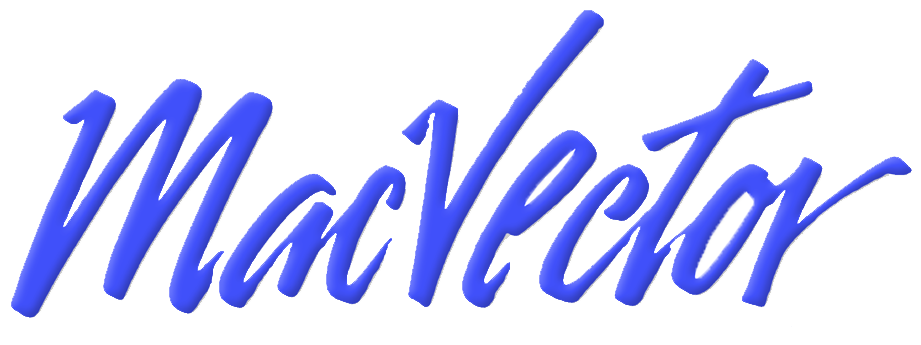Tag: annotation
-
Displaying CDS features as translations in the Map tab.
Where appropriate, features can be shown as residues when there is sufficient space to show them (for example when zoomed to residue). By default this is enabled for certain features, e.g. CDS features, genes, but it is controlled from the Symbol Editor and can be turned on/off for most features. In the Map tab, double…
-
Using BLAST to automatically annotate a sequence
You can use the Database->Auto-Annotate Sequence function to quickly annotate a bare sequence using existing annotated sequences on your file system. However, this only works if your collection of sequences contains features representing all parts of the bare sequence. Luckily, if you have an unannotated region after running Auto-Annotate, you can use MacVector’s built-in BLAST…
-
How to import annotated GenBank sequences via copy and paste
While MacVector does have a built-in Entrez browser (Database > Internet Entrez Search) you can easily import GenBank formatted text into MacVector via a simple copy and paste approach. Many sequence-oriented web sites have the option of viewing sequences in GenBank format. This format always starts with the text LOCUS and finishes with two forward…
-
How to remove gaps from a sequence
There are often times when you end up with a sequence containing gaps, especially if you make extensive use of the Align To Reference, Contig Assembly or Multiple Sequence Alignment interfaces to generate consensus sequences. You can select and copy the consensus sequence, or even individual aligned reads, from the Align To Reference and Contig…
-
How to automatically annotate bare sequences
If you have an unannotated vector or other sequence that you’ve been sent from a sequencing lab, downloaded from a web page or been sent by a colleague, it can be very tedious to manually create all the features that you believe are present on the sequence – assuming you even know what is supposed…
-
View sequences at the residue level in the Map tab
Many MacVector users do not realize that you can view sequences at the residue level in the Map tab as well as the Editor tab. This has the advantage that you can see restriction enzyme cut sites (including staggered sticky ends) along with the graphical display of features aligned to the residues. You can even…
-
Visualising ORF analysis results in the MAP tab.
The Map tab of MacVector is a powerful way to visualise and interact with your sequences. All analysis tools will work directly in the Map tab. You can design primers, ligate and digest fragments from the Cloning Clipboard, visualise translated CDS regions and much more. In fact one of the only tasks, you will need…
-
Editing the appearance of individual sequences maps
Although we think that the default appearance of sequence maps in MacVector is very pretty, sometimes the defaults are not to everybody’s taste! If you think this way, then changing how maps look is very easy. Rather than edit the appearance of all of your sequences it is far better to modify the default symbol…
-
The “/label” qualifier, features in the Editor tab and MacVector 14.0.2
With MacVector 14.0 we introduced two minor changes that have just not pleased a lot of users. We spend a lot of time discussing all improvements in every release and we did think that these two changes improved MacVector. But a lot of users have complained about both of them. So it looks like we…
-
101 things you (maybe) didn’t know about MacVector: #42 – Managing segmented features
If you download eukaryotic genomes from GenBank, you will find that many coding (i.e. CDS) features are segmented and consist of multiple individual segments joined together into a single long feature. You can see an example of this with the human cystic fibrosis transmembrane regulator gene – you find a copy of this in the…
